A miniature figurine showing the punishment of banishment
A wooden miniature statuette showing a single wooden wagon loaded with luggage, on which two figures are half seated, while a third one is pushing the cart. The scene most probably depicts one of the so-called “five punishments” of traditional China, the punishment of banishment (liu 流). The other four punishments were: two kinds of severe beatings (chi 笞 and zhang 杖), forced labour (tu 徒), and execution (si 死). Chinese punishments were a frequent object of fascination for writers describing Chinese society and the state, as well as for travellers, who brought back illustrations of them in the form of carved miniatures or prints as souvenirs from their trips to China. This object most probably came from the Tushanwan 土山灣 (“Tou-se-we” in the old script), Jesuit workshops, which operated along with an orphanage in the southwestern part of Shanghai, in the Catholic Xujiahui complex. The children of the ... more
A wooden miniature statuette showing a single wooden wagon loaded with luggage, on which two figures are half seated, while a third one is pushing the cart. The scene most probably depicts one of the so-called “five punishments” of traditional China, the punishment of banishment (liu 流). The other four punishments were: two kinds of severe beatings (chi 笞 and zhang 杖), forced labour (tu 徒), and execution (si 死). Chinese punishments were a frequent object of fascination for writers describing Chinese society and the state, as well as for travellers, who brought back illustrations of them in the form of carved miniatures or prints as souvenirs from their trips to China. This object most probably came from the Tushanwan 土山灣 (“Tou-se-we” in the old script), Jesuit workshops, which operated along with an orphanage in the southwestern part of Shanghai, in the Catholic Xujiahui complex. The children of the orphanage were trained as illustrators and printers. There were also other workshops such as painting, carving, silversmithing, steelmaking, and glassblowing. The figurines from these workshops depicted life in China and were a very popular souvenir with tourists. This is most probably how the statuette came into the hands of Alma Karlin, who visited these workshops, as she reports in her travelogue. (HM, NVS)
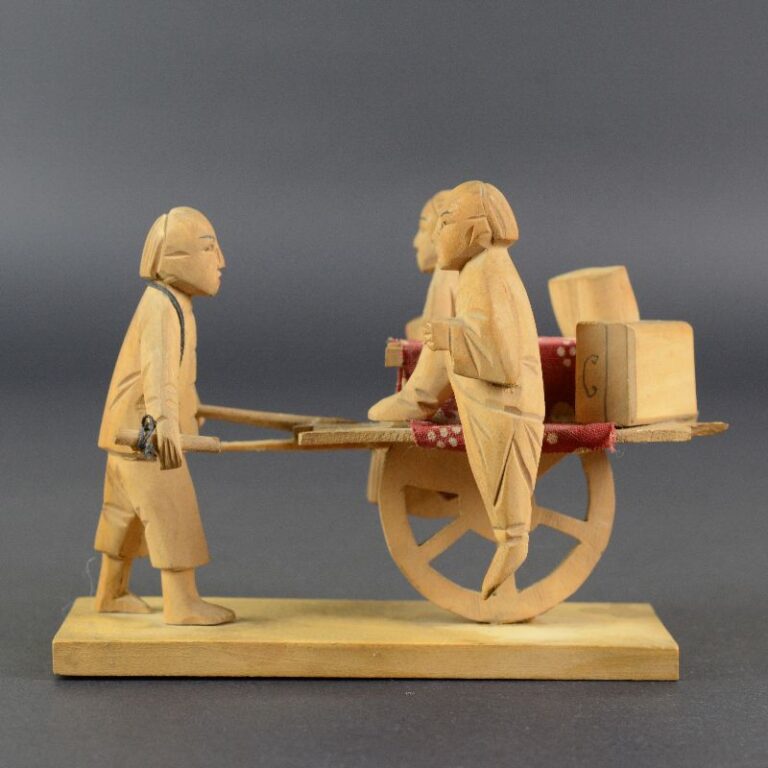
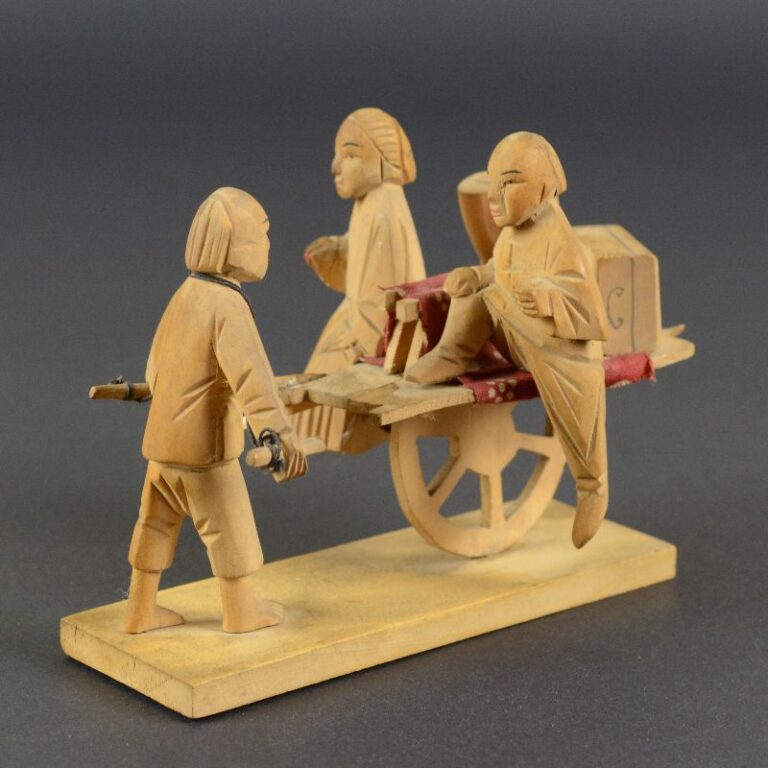
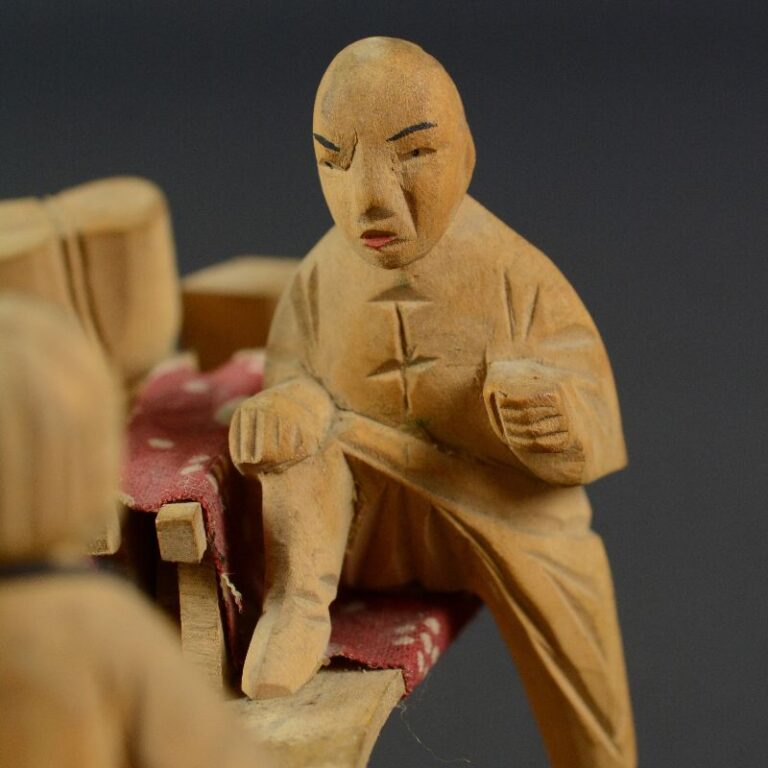
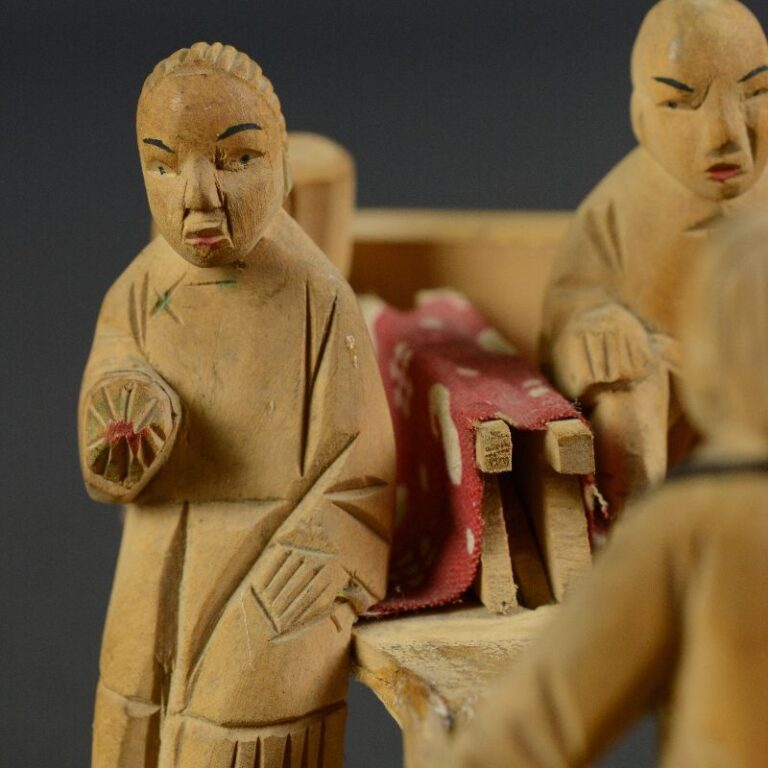
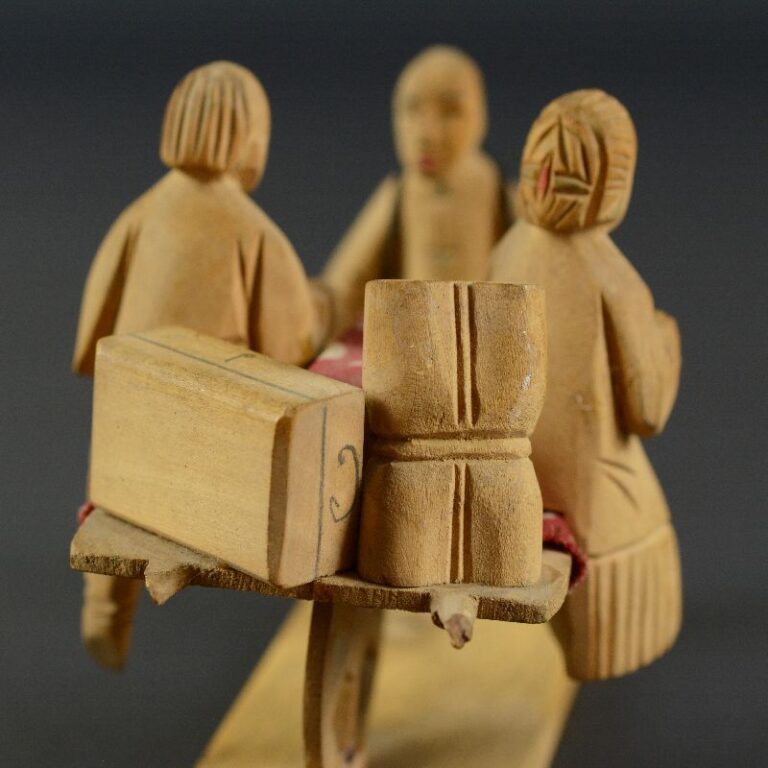
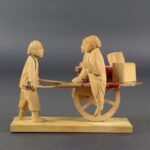
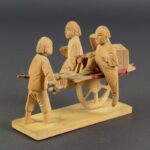
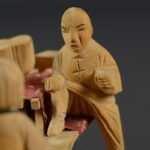
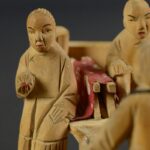
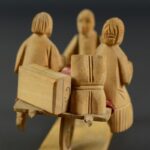
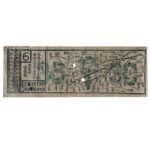















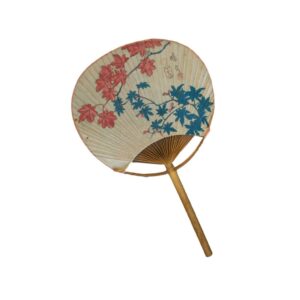

















Do you have a comment or additional information about the subject?